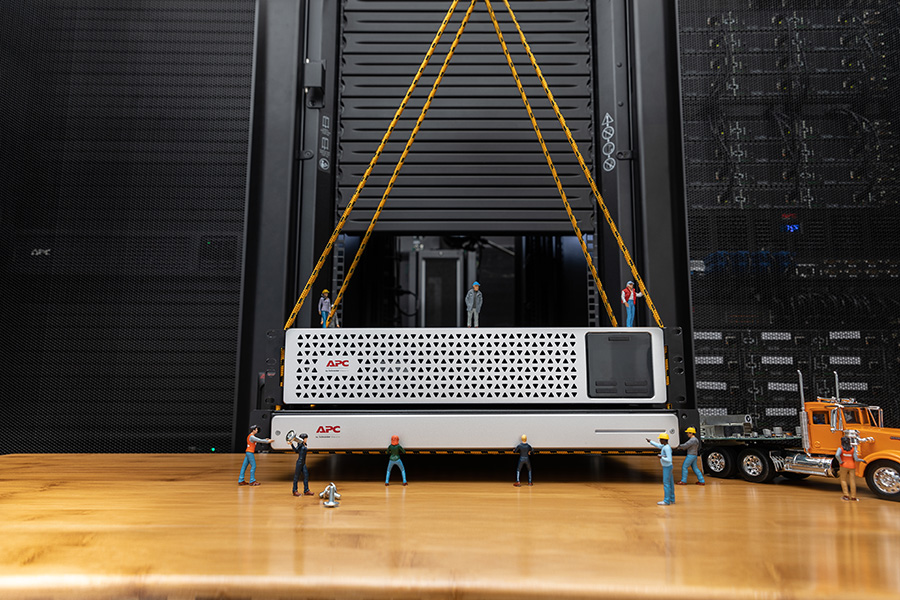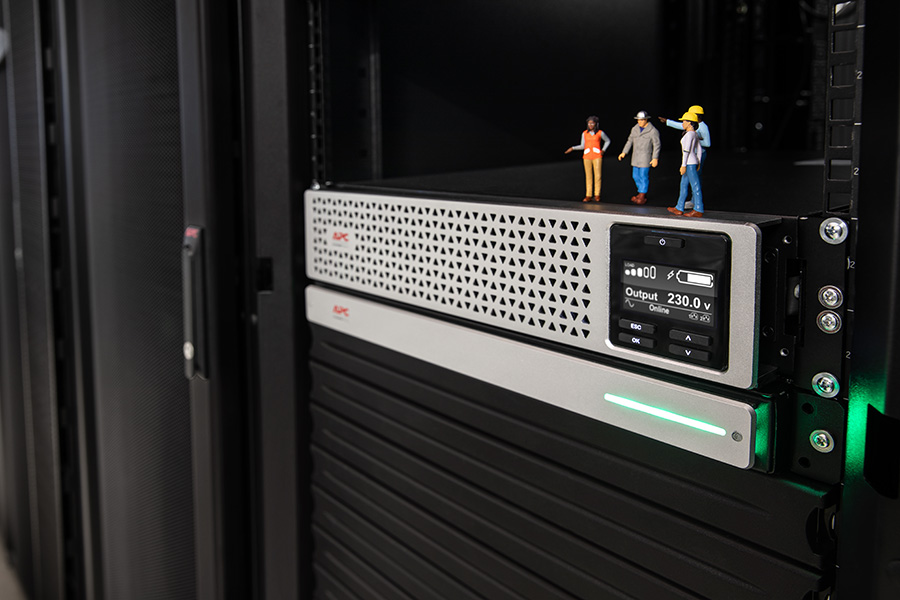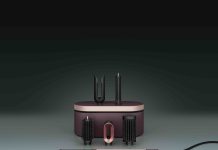We are likely already very familiar with the UPS, or uninterruptible power supply. A device used to offer continued power in the event of a blackout or poor power supply, they make perfect sense for businesses that require reliable operations.
Choosing a UPS
How do you choose the right UPS for your organisation? The top considerations typically revolve around the amount of runtime, physical dimensions and management capabilities. While calculating the runtime sounds like rocket science, it is easily determined through the use of an online calculator such as the one from Schneider Electric’s APC here.
Another important, but often unmentioned aspect of a UPS is the built-in power source that kicks in when an outage does happen. Practically every UPS purchased for use at home, in the office, or for colocation deployment will incorporate VRLA or Valve Regulated Lead Acid batteries.
Sometimes called sealed lead-acid (SLA) batteries, VRLA batteries are very low maintenance in that they do not require periodic topping-up of fluid or any regular maintenance tasks. Indeed, they are completely sealed, and hence do not emit any harmful fumes or gases under normal circumstances.
Because they are so commonly used, VRLA batteries are also highly available from a wide range of manufacturers. This has an impact when it comes to cost, and they are known in the industry as being highly affordable. However, newer technologies are on the horizon are challenging the status quo of VRLA batteries with a lower total cost of ownership (TCO) over long periods of operation.
Lithium-ion UPS
Specifically, lithium-ion battery technology is now acknowledged as a viable alternative for the UPS. Its key appeal lies in the fact that lithium-ion batteries have a far longer life expectancy without performance degradation. They can also tolerate a higher temperature than VRLA batteries without impacting performance; the latter can suffer half the capacity for every 10 degree Celsius of temperature increase.
Ultimately, this means that the lithium-ion cells can potentially last the full 10-year lifespan of the UPS itself. This not only results in savings on the battery, but significantly reduces the administrative and labour overheads of scheduling periodic maintenance.
Finally, lithium-ion batteries are also significantly lighter than VRLA batteries by virtue of their higher energy density. This may not sound like much, until one considers how the sheer weight of VRLA UPSs may necessitate the reinforcement of building floors in mid-sized or larger deployments. This can delay project schedule and incur additional construction costs that will likely be unnecessary with the use of lithium-ion UPSs.
Choosing the Right Solution
“Li-ion batteries offer several advantages versus VRLA including far longer life expectancy, greater capacity and less weight. For some companies, these advantages can deliver TCO savings up to 35% and with APC Smart-UPS these savings can be as high as 53%,” wrote Pankaj Sharma of Schneider Electric in a blog post.
Despite its obvious advantages, organisations may balk at the heftier up-front cost of lithium-ion UPS. On the other hand, businesses with multiple remote sites or branch offices that are not staffed with IT employees may find that deploying lithium-ion UPSs will make perfect sense.
Ultimately, the convenience of genuinely maintenance-free UPS that can keep running for up to a decade can make all the difference for some. Learn more about Schneider Electric’s innovative lithium-ion battery solutions for energy protection for your critical infrastructure here.














